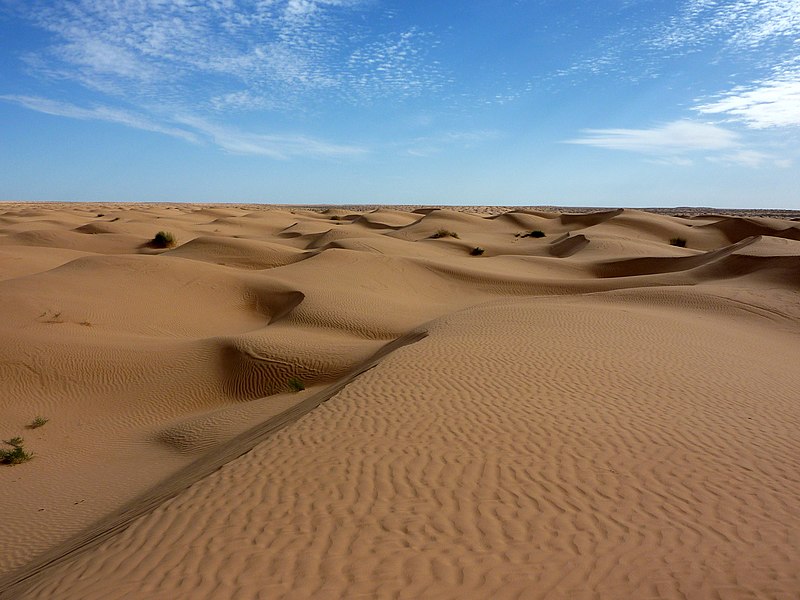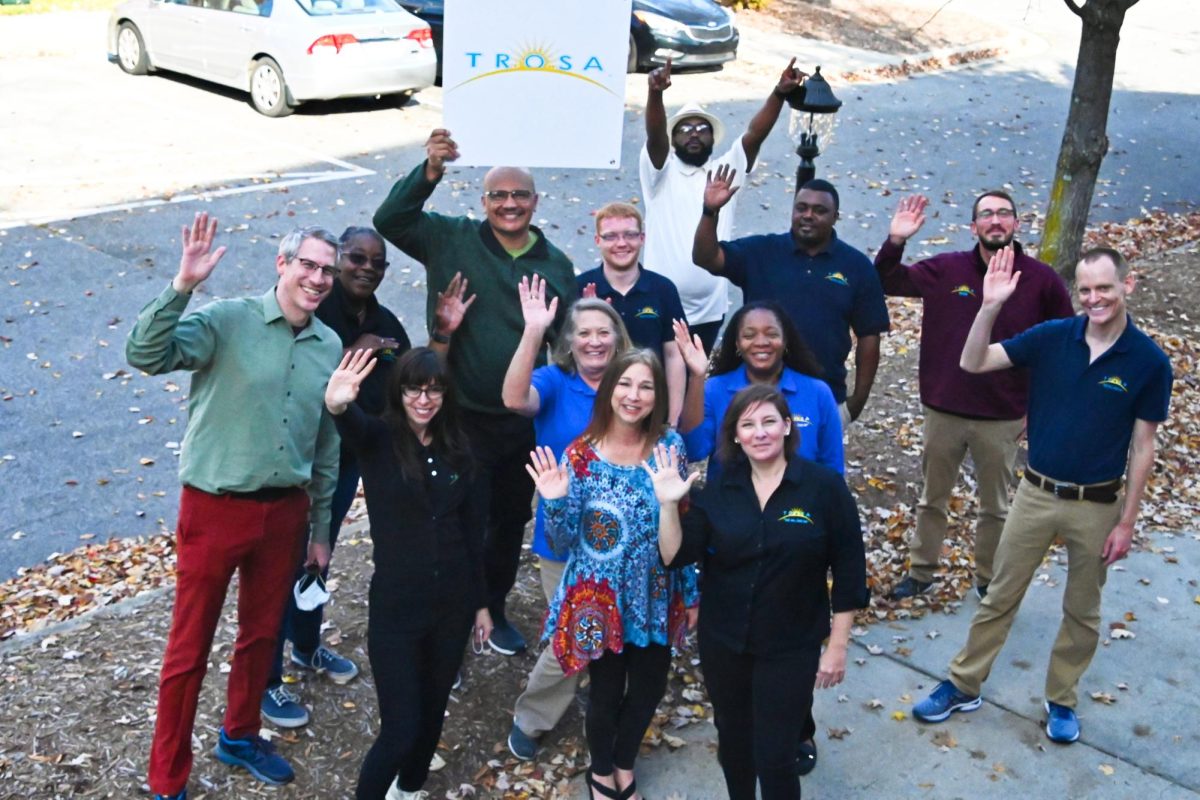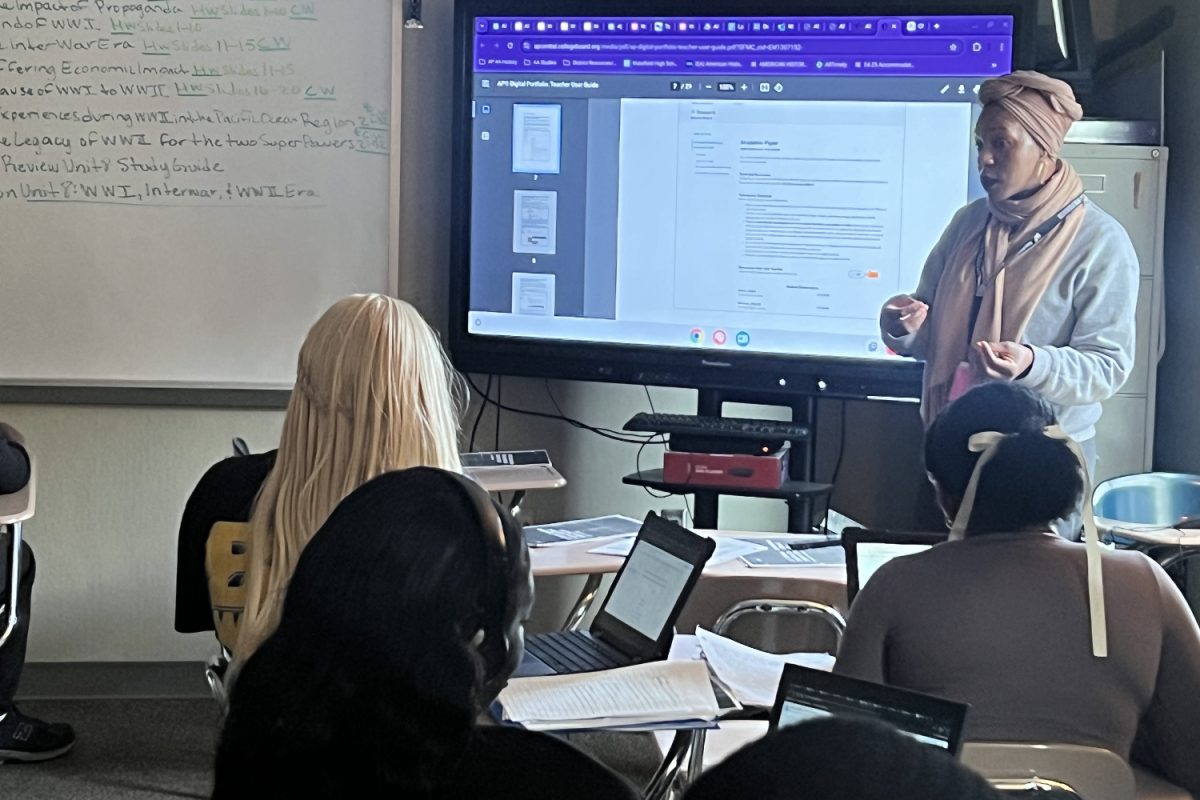For the first time in decades, the Sahara Desert has flooded. This time, it flooded in the southeastern Morocco region; this marks a rare and unusual climate event. The Sahara Desert is one of the driest places on Earth and only averages a few inches of rainfall annually. On a rare occasion this September, a low-pressure system came across the Sahara and caused heavy rainfall.
Peyton Thomas, a World History teacher, is hopeful this event will not happen again.
“I don’t think [the flood] will impact [the Sahara] crazily because it has happened in the past,” Thomas said. “If it does keep happening randomly though, it’ll start to shift back to where there may be more vegetation there again.”
As the rain flowed, it created new lakes in the dunes and filled pre-existing lakes, such as Lake Iriqui, which has been dried out since 1925. This lake filling shows the dramatic shift in environmental conditions. The rain nourished some ecosystems, allowing flora and fauna to flourish, but caused severe damage to other ecosystems that were not able to adjust to the intense rainfall.
Eric Schacht, a Biology and Environmental Science teacher, thinks the heavy rain is a great opportunity for more growth of plant life.
“There’s going to be all these seeds that are in the sand or in the dirt,” Schacht said. “They are just waiting for this time to get a little bit of rain and a little bit of water on them so they can germinate and produce a plant. That has a chain reaction, so you have all these plants that start to bloom. Then you’ll have primary consumers like insects and other small organisms that are going to feed on the plants.”
Earth and Environmental Science teacher, Gerald Sarrells believes the global effects of climate change are becoming more obvious, and events such as the Sahara Desert flooding exemplify it.
“Climate change is happening and it’s going to have various effects on weather patterns,” Sarrells said.
If the Sahara Desert always had water it wouldn’t necessarily be a good thing. The dryness of the Sahara made it necessary to communicate with other countries for resources.
“[The Sahara] wouldn’t have been the natural barrier it was for a lot of cultures that thrived there in the beginning,” Thomas said. “They may have had to adapt differently and some of them may not have existed as long as they did.”
For the most part, the rain fell in deserted locations, but some villages got extreme amounts of flood, taking the lives of dozens. The effects on the local communities are undeniable.
“It’s starting to affect the livelihood [of many, for instance,] farmers are losing their farms,” Thomas said. “Crops are being destroyed, so they’re having to fix all that up. It’s going to affect the money there [and] their food supply as well.”
More storms can be expected in the Saharan region while the atmosphere adjusts to high levels of moisture. These storms may bring more precipitation, causing more flooding in the future.
Senior and Co-President of the Forces of Nature club, Talia Barbieri, is concerned about the amount of flooding occurring in the Sahara region and is making connections between the other global environmental events occurring at this time.
“It’s mostly scary to know that we’ve hit the point that a desert is flooding,” Barbieri said. “It does show a lot if you compare it to the timing of the hurricanes as well. It shows that things all over the world can impact the climate in another part of the world.”
The Sahara Desert has previously been in a drought for the past six years. This rainfall will help fill aquifers, allowing communities significantly more access to water supply, which they have had to live without. The excess water will help with the quality of life but may also lead to oversaturation, so the water must be managed and controlled.
“If the desert is not used to this much flooding, it may start to take away some nutrients,” Sarrells said.
The most important thing is to balance the benefits of the extra water without causing any further damage. These communities in the Sahara have to build themselves back up after suffering damage to property and plant life, and hopefully, they can manage to use the new access to resources to help them.
“The environment itself is something that will have to be worked on because of the flooding,” Thomas said.










